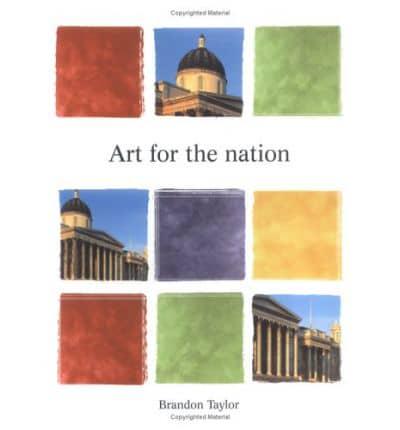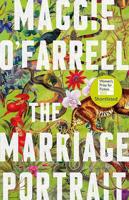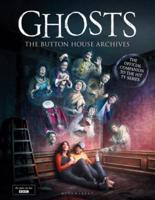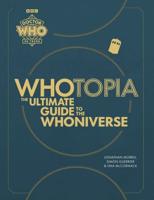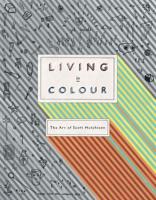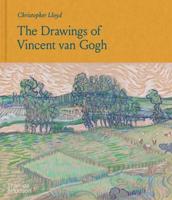Publisher's Synopsis
Art first became "public" in Britain through a series of interlocking relationships between national galleries, patrons, collections of art, and sections or classes of the population as a whole. This study concentrates on London, and analyzes the formation of the major national art institutions at its geographical and managerial centre.;Metropolitan centralization has often been remarked on but seldom described; yet from the exhibitions preceding the birth of the Royal Academy of Arts in 1768, to the events surrounding the founding of the National Gallery (1824), the South Kensington museum (1852), the Tate Gallery (1897), the Arts Council of Great Britain (1946) and the Hayward Gallery (1968), an image emerges of the character of official British culture and the audiences that it postulated and assumed.;From the first public exhibitions in London in the 1760s through to the 1960s and beyond, a series of institutions either patronized by the monarch or administered directly by the state - or both - has set the tone for the manners and attitudes of the viewing public of the nation as a whole.


